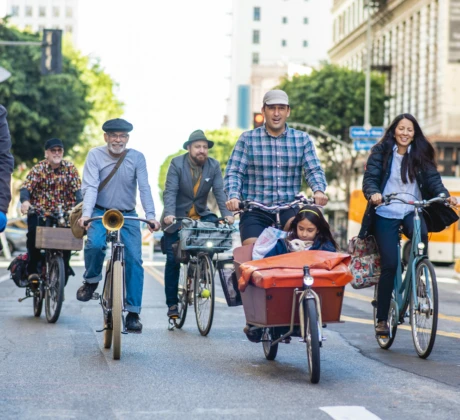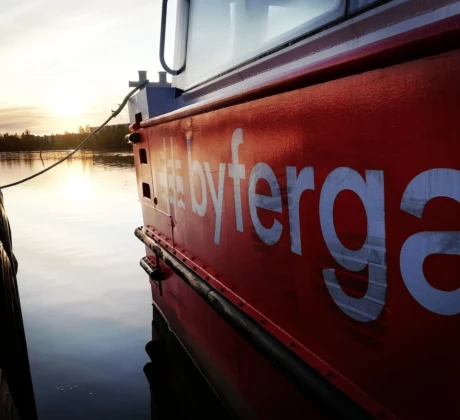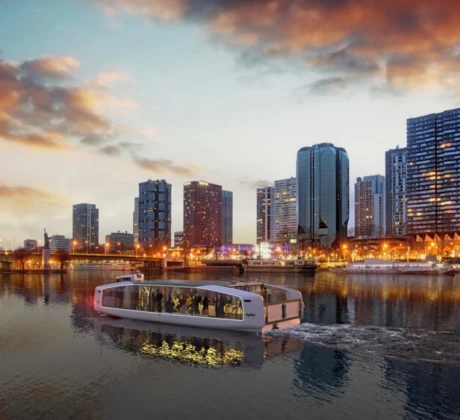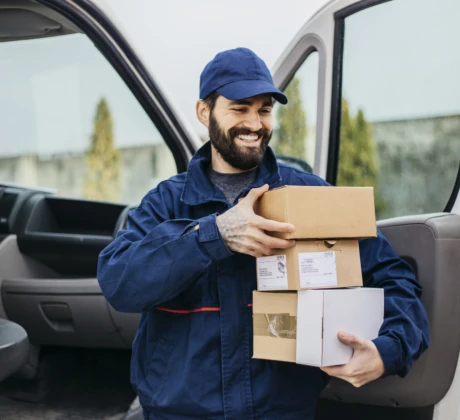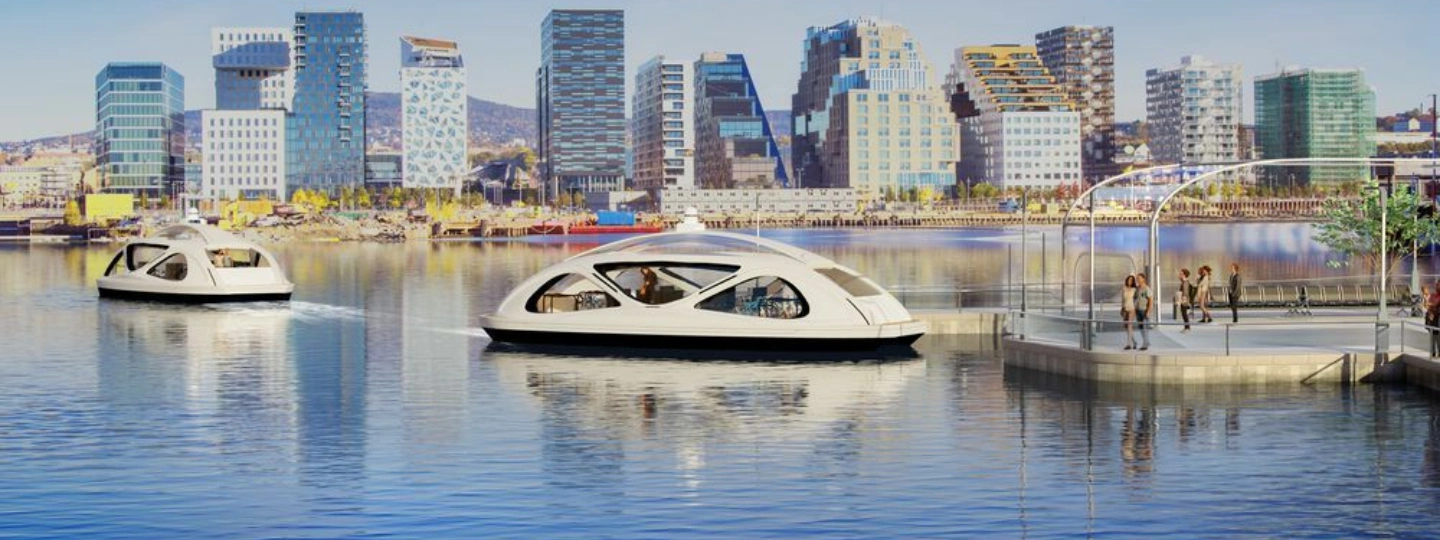The Water Shuttle experience
For a thriving urban life, top-tier mobility services and experiences are indispensable. Waterways offer transformative solutions, catering not just to everyday city dwellers, but also to governmental bodies, real estate developers, and more. Discover how these natural pathways can enrich our urban experience from multiple perspectives. Dive into scenario for a glimpse into the future.
Water shuttles
Benefits all user groups
Your own water shuttle fleet
What you need to know
Imagine a fleet of water shuttles enhancing your city's mobility! Curious about making this vision a reality? We're here to guide you. We'll introduce the essential components of a water shuttle fleet and offer supportive checklists. Plus, our partners stand ready to assist every step of the way.
Download documents
-
GUIDE - Components of a ZAWAS shuttle system
-
GUIDE - Customer and supplier collaboration
-
Whitepaper - Using the Watchkeeping regulation to verify safe operation of Uncrewed Surface Vessels
-
GUIDE - How to integrate Water Shuttles with other transportation systems
Pain points adressed
Benefits
-
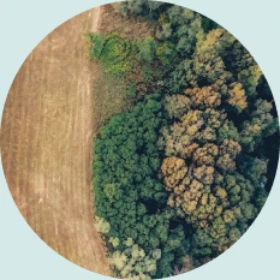
Sustainable
Despite advances in green technology, emissions from cars and trucks remain a significant concern. Paired with the unsustainable utilization of urban land and the pressing need for more CO2-neutral energy sources, our journey towards truly green cities still has considerable ground to cover. It's imperative we redouble our efforts to ensure future generations inherit the eco-friendly urban landscapes they rightfully deserve.
-

Efficient
Cities grapple with congested streets, making daily commutes increasingly tedious. The prevalent reliance on personal cars, often with just a single passenger, combined with a logistics system that inefficiently transports significant amounts of unutilized space, presents a glaring inefficiency. There's vast potential to streamline our urban transportation, optimizing both time and resources for a smoother, more efficient journey.
-
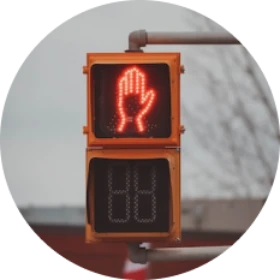
Safe
Overcrowded streets not only increase the risk of traffic accidents but also contribute to air pollution. Combining pedestrians, bicyclists, and heavy trucks in the same space creates a hazardous environment. Furthermore, congested urban settings discourage walking and cycling, leading to health issues related to reduced physical activity.
-

Afforable
Large-scale infrastructure projects, like roads and bridges, require substantial investments and strain limited urban spaces. They consume extensive areas, curbing flexibility for future city planning. Once established, they're almost permanent, hindering adaptability to changing urban demands and exacerbating congestion. The combined financial and spatial challenges highlight the need for sustainable, adaptive mobility solutions.


